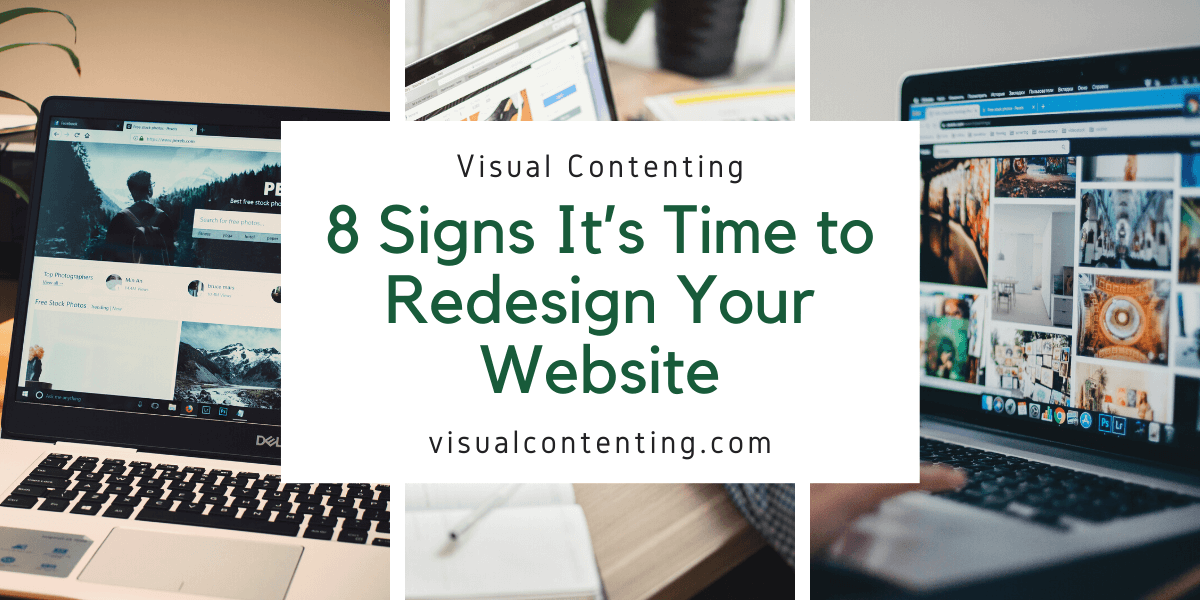When it comes to online marketing and brand visibility, data, and statistics matter. With the growing population of people using the internet to avail of products and services, businesses need to have their website. You should understand how your business website is performing and one of the numbers that you have to constantly look after and improve is your website’s bounce rate.
What Is a Website Bounce Rate?
Bounce rate is the term used in internet marketing to refer to the number of website visitors who enter a site but leaves without viewing other pages within the same site. Others define it as the percentage of single interaction visits to a website. The lower your bounce rate, the better. A good bounce rate is around 41 to 55 percent, and a 21 to 40% bounce rate means your website is doing great.
To find out what your website’s bounce rate is and to monitor your website’s overall statistics, Google Analytics will come in handy. Through Google Analytics, you’ll be able to see your website’s average bounce rate. Your bounce rate can also be calculated by dividing the total number of bounces across all of your website’s pages with the number of website visits you received within the same period. Most web hosting sites also offer these statistics to help you understand how your website is performing.
Why Your Website Has a High Bounce Rate
Apart from your bounce rate, you should also take a look at the number of visitors you receive, the average number of pages being visited, as well as the average time they spent on your website. It doesn’t always mean that because you have a high bounce rate, your website is not performing well. For instance, if your visitors have only stayed on one page and spent a long time on that page, this might mean that they have already achieved their goal of visiting your website, whether it’s to find information, shop, inquire, or be entertained.
On the other hand, you might be getting a high bounce rate if your landing pages are not as good or as informative as your visitors want. To get better engagement on your website, you should work on your website and figure out how you can gain lower bounce rates.
Why You Should Reduce Your Bounce Rate
If your website has a bounce rate of 70% or more, then this can be worrying. This means your website is getting a lower number of engagements than expected. A high bounce rate means your website is not getting a good conversion rate, and with that you are not getting an optimal ROI on your website.
How to Improve Your Website’s Bounce Rate
For you to make the most use of your website, especially if you need it to earn money while studying, optimizing it is essential. Boosting your website’s performance is essential and there are a variety of ways for you to improve it so that you can get the results that you want in terms of your online marketing efforts. Here are a few things that you should work on to help you gain a better bounce rate for your website.
1. Your Website Must Load Faster
Are you always willing to wait for a website to load? For sure, you aren’t. No average internet surfer who is on a search for information will want to wait for what they need. If they find a website, click it and it would not open within the first few seconds, then they might just move to another website that will provide them what they need and fast.

For you to avoid getting higher bounce rates due to load time problems, then you should work on your website for it to load faster. Use web-optimized images and codes and remove heavy plugins and widgets. Another thing that can help is if you integrate a “loading” timer or progress bar on your website. Something that will indicate that your website is loading. This can help your visitors know that your website’s loading is in progress and they may more likely stick around and wait.
Recommended: 5 Signs You Need a Website Consultant
2. Ensure Clear Readability of Content
Your website’s readability is another factor to consider if you want to lower your bounce rate. This is why you should always check the readability score of your content. Readability score pertains to how your content is likely to be understood by your targeted readers. It helps you gain an idea about the level of education a reader will need to have to be able to understand your content easily.
If your website’s texts are difficult to read or awkward-sounding, your readers may misunderstand or may not get engaged. At the same time, if you oversimplify your content, it may bore your readers. Either way, once you lose your readers’ interest, they will more likely leave your website and move to a different one. This is why identifying the readability score of your content and matching this with the educational level of your audience can help you improve your website’s bounce rate.
3. Use Unique, Eye-catching Images
Incorporating images into your content is one of the best methods of capturing your audience’s attention. In the same way, it can help improve your bounce rate and your audience’s engagement with your content. Whenever offering article recommendations, good quality and eye-catching images can make a difference. Even a single click towards your other pages can already reduce your bounce rate. So make it a point to incorporate images that will entice your audience to click and engage further with your content.
4. Interlink, Recommend and Relate
Another good way of improving your bounce rate is by incorporating internal links in your content and providing content recommendations that lead to other relevant articles from your website. This way, you get to entice your audience to visit other pages within your website and for them to engage further with your website. If you are incorporating external links in your content, make it a point that their external links open in a new window or tab. This way, it wouldn’t affect your bounce rate.
5. Use Engaging Colors and Headings
To help make your pages look more engaging and interesting, see to it that you use colors that are pleasing to the eyes. Incorporating images and colors that bear will make your pages feel less dull. At the same time, using bright and complementary colors for your headings and images help divide long and boring blocks of text, making your pages look more appealing to readers.
Recommended: Various Uses of Color in Web Design
6. Reduce Above-the-fold Ads
The moment your visitors click on a link towards your site, they expect to see what they want. No advertisements. So see to it that if you can’t altogether eliminate above-the-fold ads, minimize their appearance so that they won’t distract your visitors.
7. Make Sure Your Site Is Responsive
Website responsiveness is pretty much a necessity now, especially if you want to make the most use of your website and improve its performance. Keep in mind that the internet can now be browsed using different types of gadgets and computers. Apart from being viewed from laptops and desktops, you will also have visitors using their mobile phones or tablet. And to help reduce your bounce rate, you should see to it that your website has a responsive design so that it can be opened anywhere without any issues. Your website’s design plays a huge role in its performance.
Recommended: 31 Must-Follow Principles to Optimize Your Mobile Website
If you want to keep your visitors engaged and reduce your bounce rate, make sure that your website is designed to be aesthetically pleasing, contains informative content, and is made with your audience’s needs in mind.
Related Posts

Now an official college survivor, Pamela Nguyen is passionate about social media, marketing, social justice, and blogging. In her downtime, Pamela is best friends with Restaurant Week, drinks so much bubble milk tea that the East Village tea bar owners have memorized her face, and watches an unhealthy number of movies and shows on her TV in her (not so tiny) Manhattan apartment.







